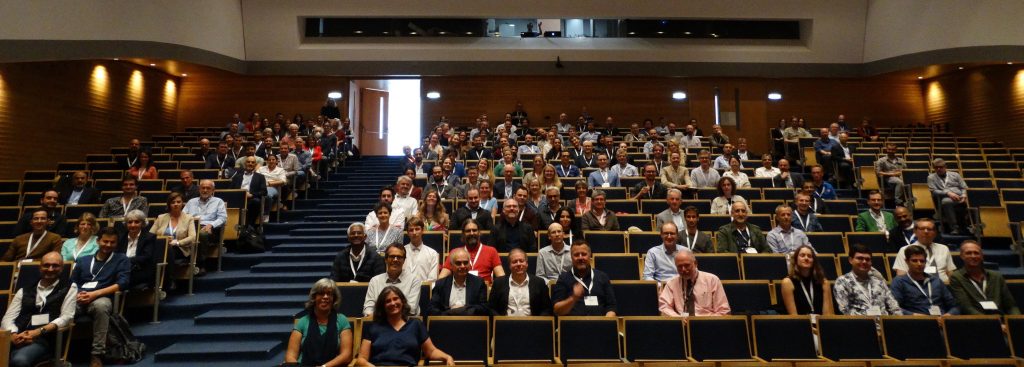HARMO 21
21st International Conference on Harmonisation
within Atmospheric Dispersion Modelling
for Regulatory Purposes
Date: 27-30 September, 2022, Aveiro, Portugal
Fluidyn presented a poster on CAPNAVIR Project and a research paper on DIFLU Project.

DIFLU PROJECT
Dispersion of Radionuclides in a urban environment (DIFLU):
Comparison of numerical results with experimental measurements
Abstract:
The DIFLU project (DIspersion of FLuor 18 in an Urban environment) has been initiated by IRSN alongside with FLUIDYN France and Ecole Centrale Lyon to assess the performance of numerical simulation in the evaluation of the impact of radionuclide dispersion in urban areas.
The project is specifically aimed at the release in atmosphere of fluorine 18 used in medical imaging by cyclotrons located in hospital premices, so near housing, offices and health care centers. Such impact assessments have been performed in the past with Gaussian or 2D modelling, which cannot take into account the specificities of the release environment, such as obstacles and buildings, which are expected to have a strong influence in the nearfield. Therefore, the DIFLU project aimed at comparing the results of experimental campaigns with results from 3D-CFD (Computational Fluid Dynamics) models, among them fluidyn-PANACHE.
In 2019, the cyclotron located in Beuvry (North of France) was used to carry out two atmospheric tracing experiments using helium as a tracer gas, emitted from a chimney above the cyclotron. The first campaign results have been presented before. The results of the comparisons between the experimental data and the numerical results for the second campaign are presented here. The comparison is carried out both for the flow behaviour (local wind velocities) and for the tracer behaviour (concentrations).
The statistical evaluation results show the CFD model Fluidyn-PANACHE is capable of simulating the Fluor 18 dispersion in urban environment.
